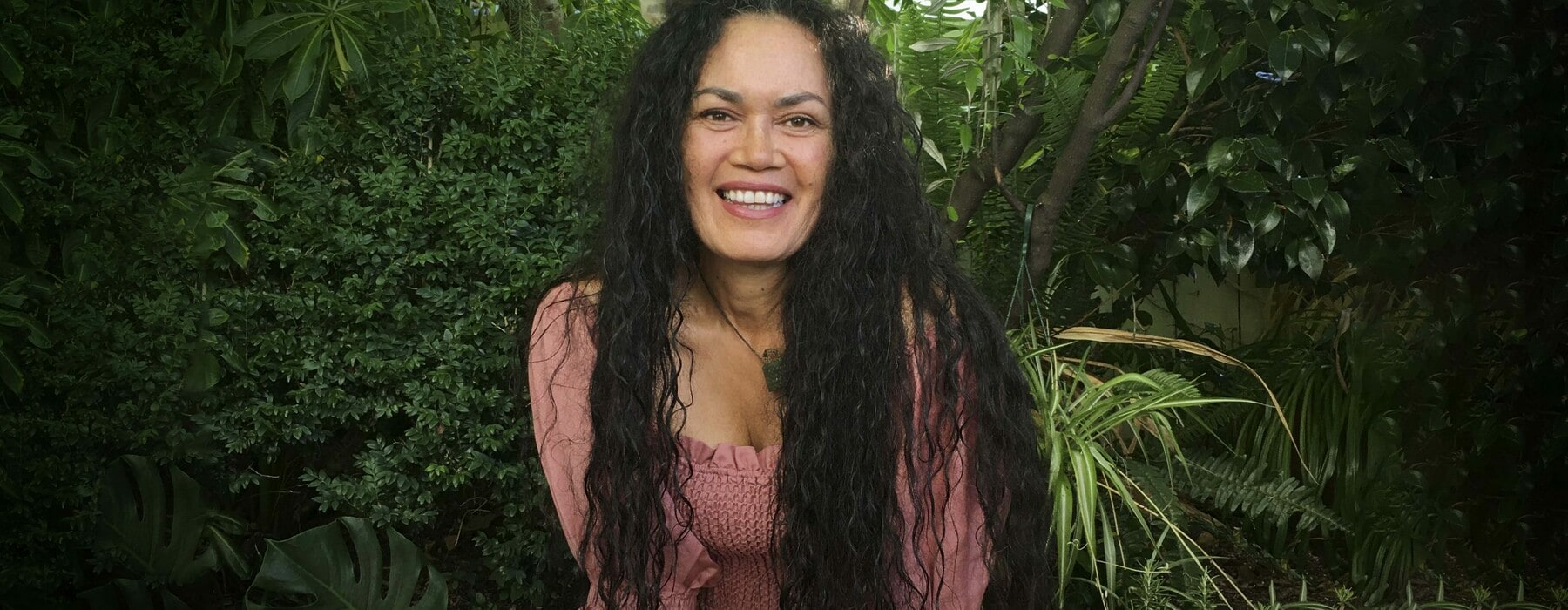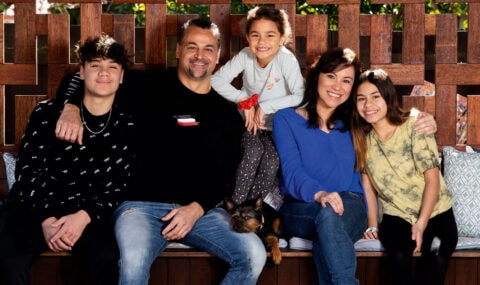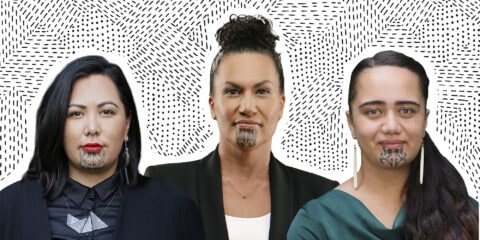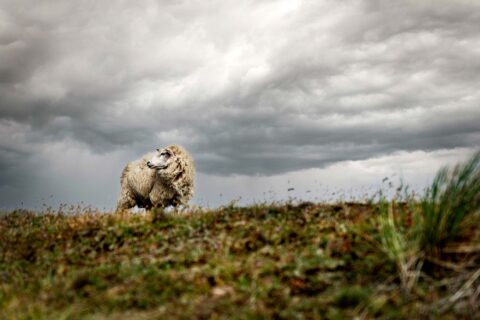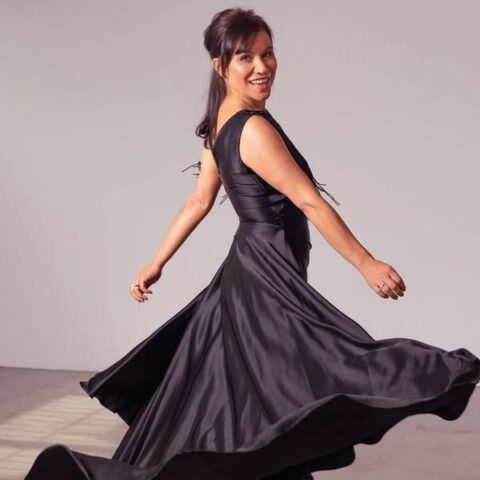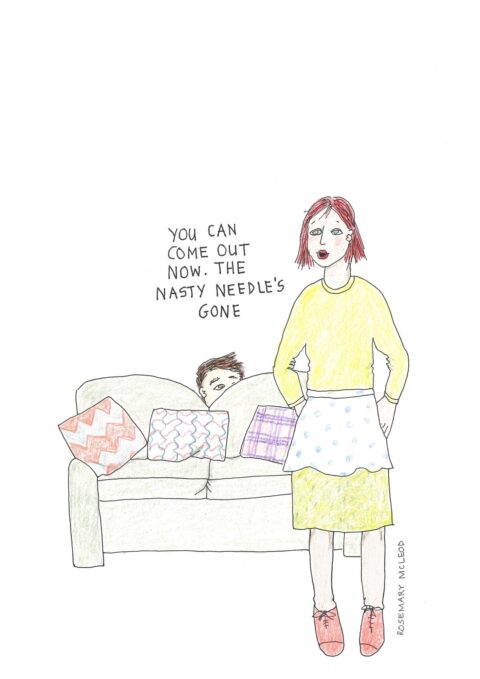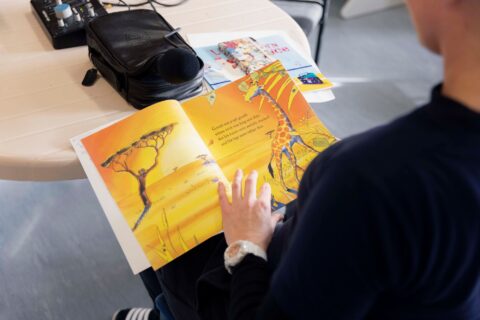Actor, singer and producer Mere Boynton talks to Sarah Catherall about the journey that led to her biggest role yet – Director Ngā Toi Māori for Tāwhiri.
Mere Boynton (Te Aitanga a Mahaki, Ngāti Oneone and Tuhoe) was a young girl when her mother, Tangi, picked up a ukulele and taught her to sing her first song, but decades later she points to that moment as an influential one, along with the books she read with her father, Norman, a farm manager and dog triallist.
Brought up on a farm an hour out of Gisbourne, her parents gave Mere and her two younger siblings a childhood filled with singing, dancing and kapa haka lessons. Growing up she often entered singing competitions and won.
“Everyone was always surprised when this young Māori girl got up,” she laughs.
“My whanau are high achievers. They had high expectations of their tamariki.”
And Mere has certainly lived up to them. Her list of achievements as an accomplished singer, actor and arts leader make an impressive CV.
In 2021 she was appointed as Director Ngā Toi Māori for Tāwhiri, the organisation that produces the New Zealand Festival of the Arts – this is her biggest role yet, and one which takes her back and forth from her home in Hawke’s Bay to Wellington. The role means that for the first time since the national arts festival was launched 35 years ago, half the content in 2022 will be Māori or indigenous.
Well-known for her role as Mavis the karaoke singer in the groundbreaking film, Once Were Warriors (1995), the self-taught actor first began performing at Taki Rua Theatre in Wellington. She graduated from Victoria University where she studied music and Māori Studies but her passion was always performing arts.
Once Were Warriors was her film debut, followed by a smaller role in The Piano. However, when Mere read the Once Were Warriors script, she wasn’t sure if she wanted to be part of a film which stereotyped Māori alcoholism and domestic violence.
“I remember turning up on the first day and Temuera Morrison was in character,” she says. “He was all pumped up. It was electric being part of it. I learnt my craft by being there.”
She met her husband, Simon Parkin, a few years later, when she was hitchhiking from Mahia to Te Karaka, in the Tarawhiti/Gisborne region.
“He was surfing and offered to give me a lift. I stayed in his house truck and the rest is history,” she smiles.
The couple have had their hardships; their only child, Mana Tawhiti, was diagnosed with severe autism at the age of three. “We knew nothing about autism,” she says. “And there was very little support in those days.”
The couple tried natural therapies and behavioural treatments.
“We were burning out,” Mere says. “We couldn’t do it by ourselves.”
The family moved to Napier for Mana to be cared for at the Hohepa Residential Home in Hawke’s Bay.
Her son’s disability has shaped her and also influenced her creatively. “It has certainly made it easy for me to tap grief when I’m performing, the problem is to come out of that emotional space and not be followed by it.”
Many of the events Mere programmed for the festival have unfortunately been cancelled or postponed because of Covid’s red light setting. However, she is excited about works by the Māori artist, Lisa Reihana, including Te Wai Ngunguru – Nomads of the Sea (2018), an immersive 3D installation that weaves historical fact with speculative fiction to explore social tensions in 1800s New Zealand. Mere is excited about using art as a form of activism.
“Until this role, I only have worked in the Maori space. I feel that our people need their own space and to be supported by like-minded people. But with this bi-cultural role, I realised it was such an opportunity and it was my time.”

